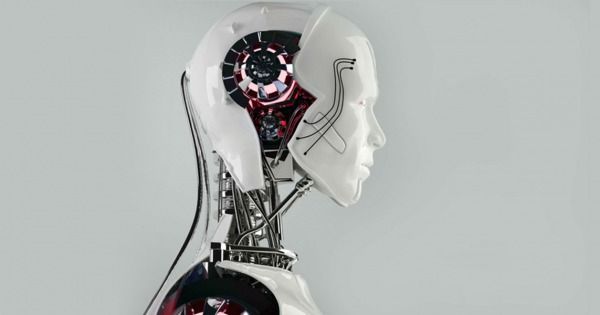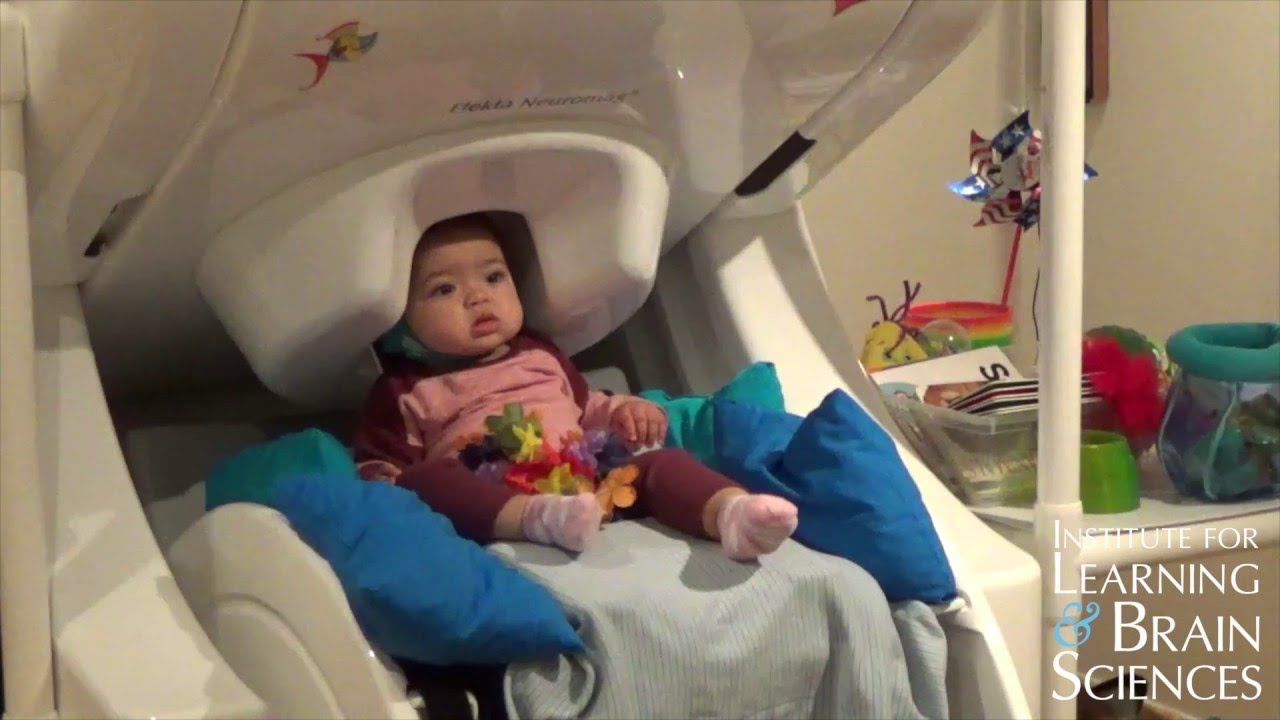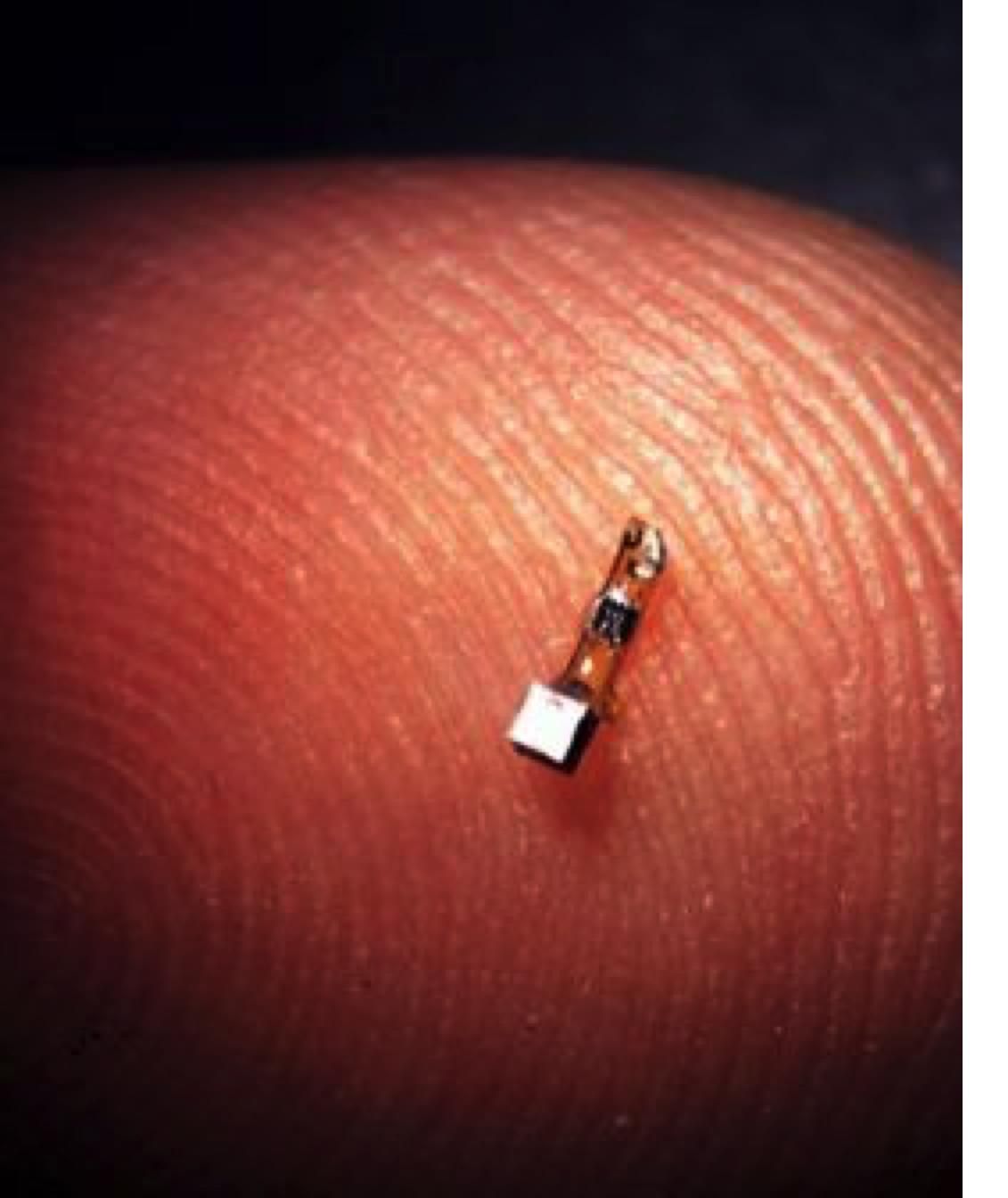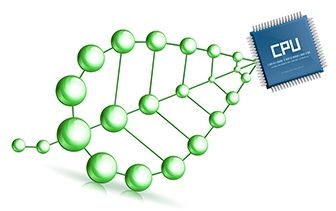
SEPTEMBER 15 — When it comes to making forecasts — whether it’s predicting the outcome of an election or determining whether a marriage will last — what good is intuition? Can our gut instincts guide us to correct outcomes, or are they too unreliable to be useful in a world ruled by data?
People can use intuition to make remarkably accurate predictions, social scientists have shown. In an experiment published earlier this year, for example, psychologists found that call-centre employees speaking with registered voters a week before an election could foresee with surprising accuracy which ones would flake out on their plans to vote. “It’s surprising to me because it’s such a short exchange for callers to be able to make useful inferences about whether respondents are actually going to do what they say,” the lead researcher, Todd Rogers, told me when the study was published. He cited other studies where ordinary people showed extraordinary abilities to intuit others’ personality traits, sexual orientation and racial attitudes.
At the same time, unconscious judgments can be contaminated with biases. Psychologist Daniel Kahneman laid out many of the perils of gut instinct in his 2011 best-seller “Thinking, Fast and Slow.” Among them are anchoring (being overly influenced by the first information you receive), hindsight bias (wrongly believing past events were predictable or predetermined), and the availability heuristic (giving too much weight to what you already know and not enough to what you know you need to look up).
Continue reading “How ‘superforecasters’ think about the future — Faye Flam” »

















